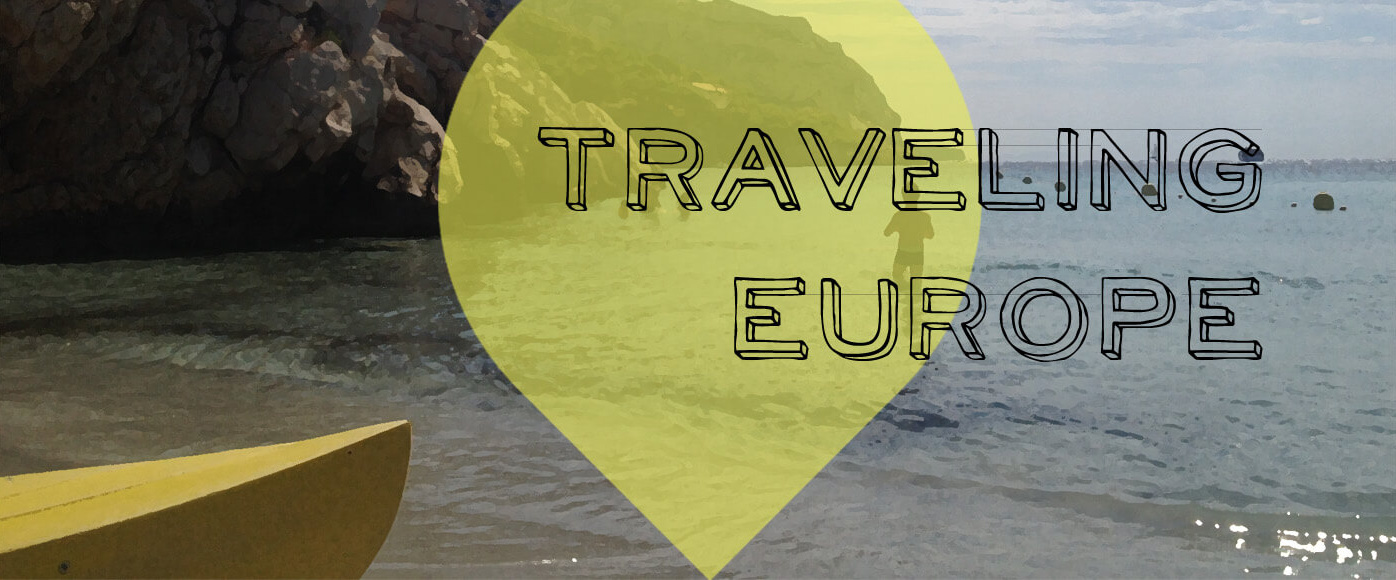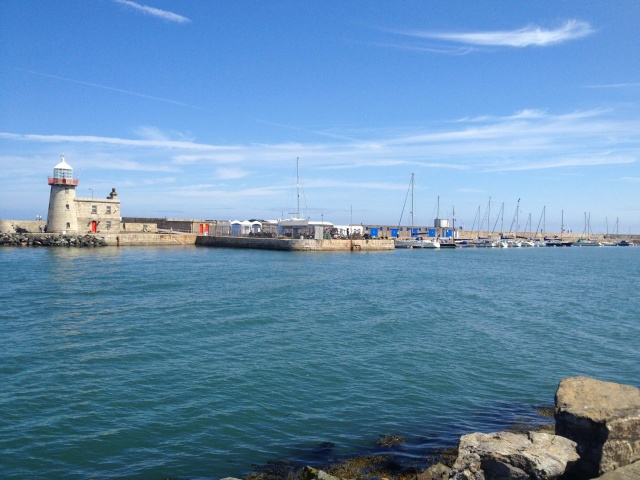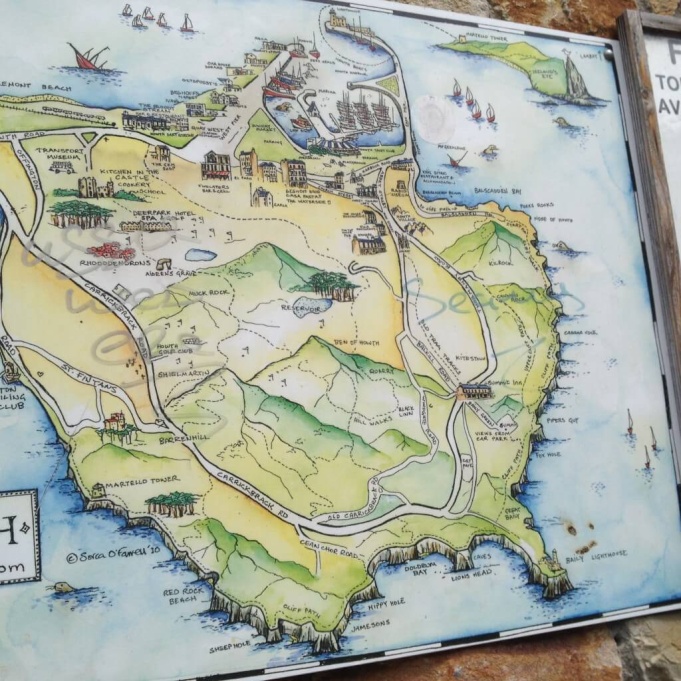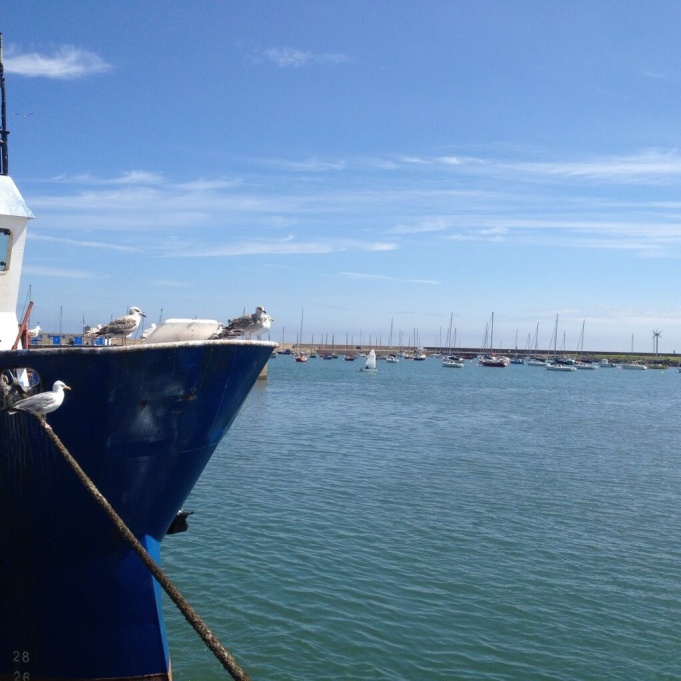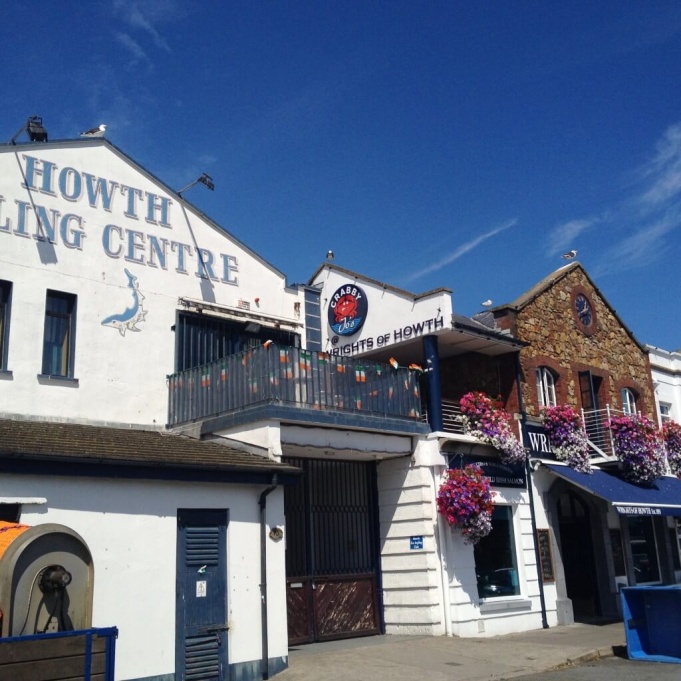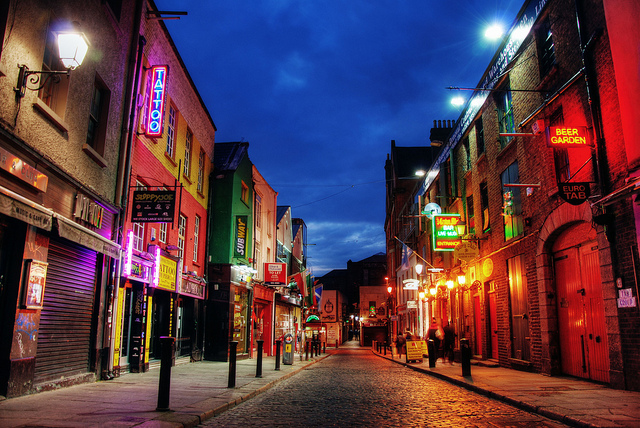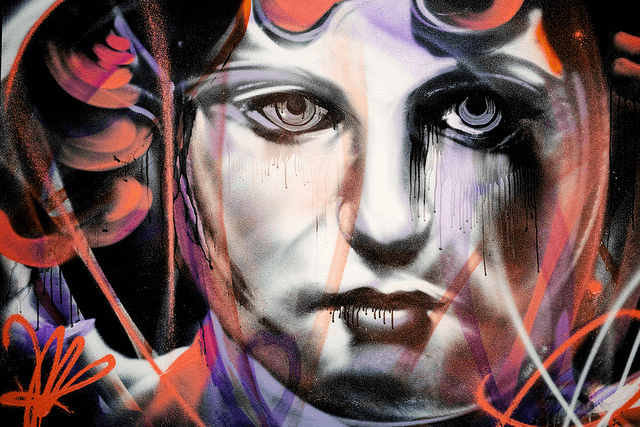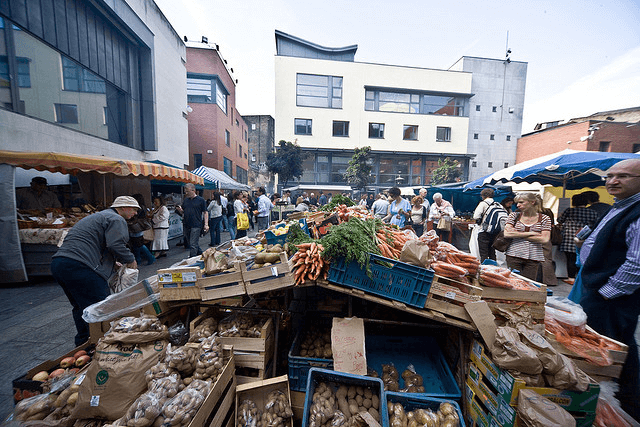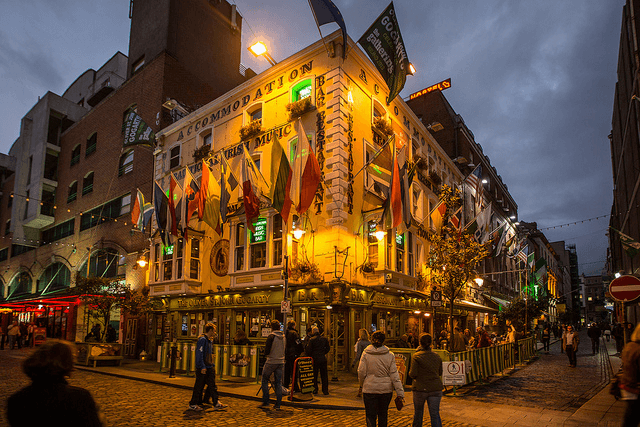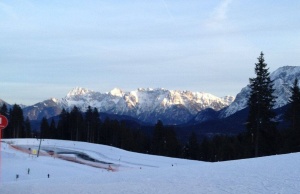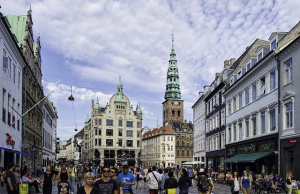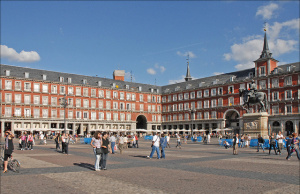12 Reasons To Visit Ireland (Part 2)
Continuing from Part 1… Need more reasons to visit Ireland?
5. A History Predating the Pyramids

Proof of habitation in Ireland dates back over 5,000 years to the Brú Na Bóinne tombs located in County Meath. Built in the Neolithic or Late Stone age, they predate the Egypt’s Gaza Pyramids and England’s Stonehenge. There are several large passage tombs: Knowth, Dowth and Newgrange. These are very popular during the winter solstice. A ray of sunlight shoots through the opening of the Newgrange mound and illuminates the chamber for a few minutes. Along with this site, there are countless other historical experiences to take in!
6. A Preserved Traditional Culture
Ireland enjoys a relatively isolated location. Only Britain in relatively close distance. Therefore, the culture and traditions have remained relatively unchanged by foreign influence and invaders throughout history. Early druidic culture and fringe influences from the Roman civilization have allowed the people of Ireland today to retain significant elements of the Celtic culture.

Visit Trinity College in Dublin to see the Book Of Kells, written by Celtic monks in the 9th century. It’s considered a cornerstone piece of Irish heritage. It is comprised of a copy of four gospels written in Latin, depicting scenes through wording and artistry.
7. More Than Just Potatoes!
When you think of Irish food, there’s a large chance a giant plate of potatoes comes to mind. While that may still be part of the traditional gastronomy, dairy products, especially farm made cheeses are putting Ireland on the international map. Not sure what is Irish cheese exactly? Click here to find out!

Besides delicious cheesy products, Ireland is also seeing a revival of local products as well as farmer’s markets and increasing demand for organic products. Traditional dishes such as Irish stew, soda bread, fish and chips and colcannon (cabbage, kale and potatoes) are still a must try. But make sure you don’t miss out the fresh seafood either! With thousands of kilometers of coastline, you can find delicious Wild Atlantic salmon, scallops, lobster, prawns, swordfish, sole and oysters at almost any place along the way. Oh, and don’t forget to check out the annual Galway International Oyster and Seafood Festival each September!
8. World-Famous Beers

If I’m being perfectly honest, one of the first images that pop into my mind when I think of Ireland is a cold pint of Guinness. What better way to relax after a long day of sightseeing, kissing stones, exploring ancient tombs and rough, rugged landscaped that with a cold brew? The Guinness Storehouse in Dublin is considered a top site, which has been produced since 1759. (Albeit I decided not to go because it cost a whopping 18 euro entrance).
Stay tuned for the final four reasons to complete the list of why Ireland should be on your travel radar!
[Huffington Post], [The Richest], [Readers Digest]
